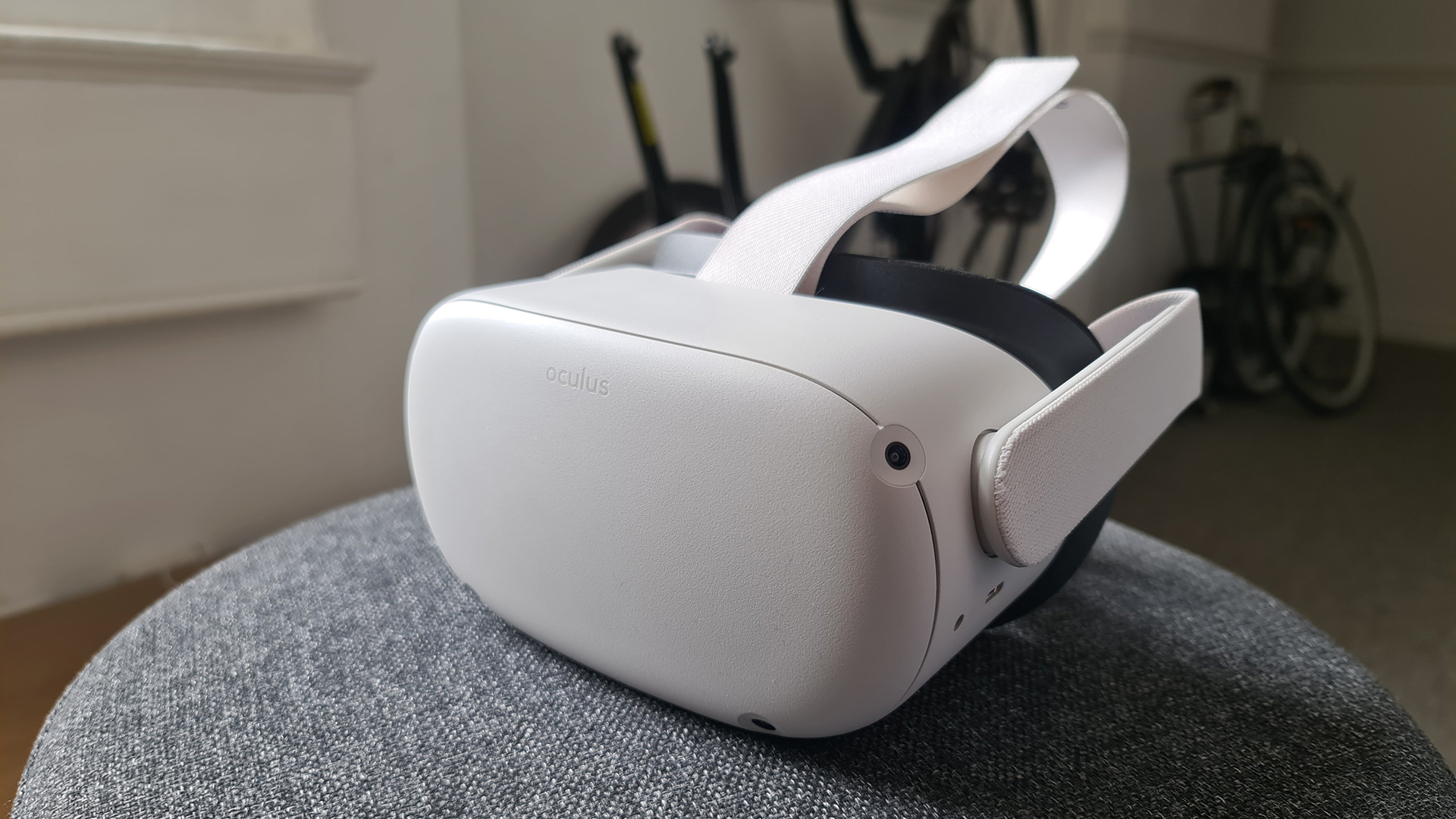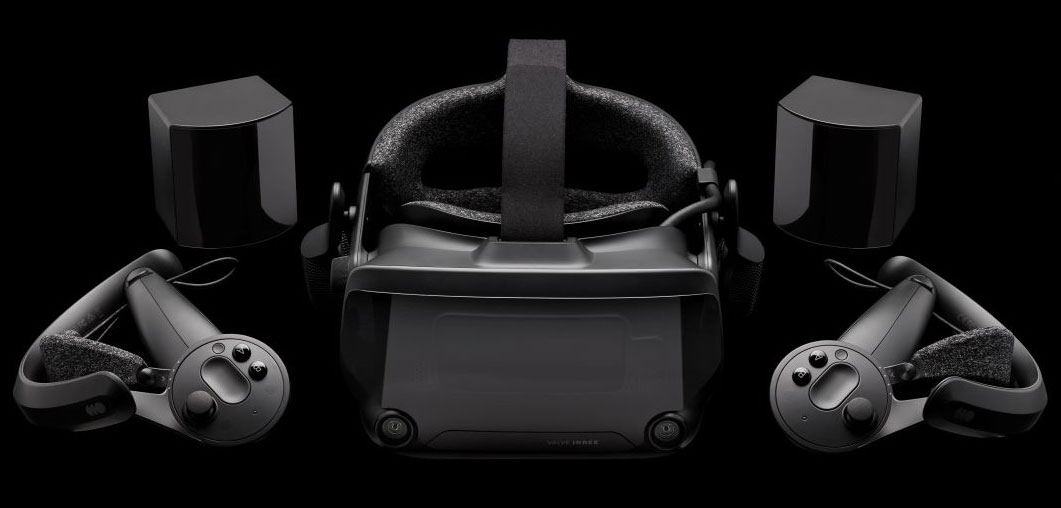Meta takes 'if it ain't broke, don't fix it' to its logical conclusion as iFixit finds the Meta Quest 3S is mostly the same as the Quest 2
And at $299 for the 128 GB version, that's not necessarily a bad thing.

Generally, when a new version of a product is announced, we expect it to have a vast number of upgraded specs and features over generations past. After all, this is the new model, and it can be tempting to expect the relentless march of progress to have rendered all the parts from the old one obsolete.
There's something to the old adage though, "if it ain't broke, don't fix it". And thus, iFixit's breakdown of the Meta Quest 3S reveals some surprises—it's using a lot of the same parts as the Meta Quest 2.
The Quest 3S was expected by many to simply be a budget version of the Quest 3, but it appears what Meta has done instead is co-opt in a bunch of (perfectly decent) components from the Meta Quest 2—in combination with a dash of the improvements from the Quest 3—to make a VR headset that sits somewhere between the two.
So the Quest 3S gets Fresnel lenses instead of the fancy "pancake" units found in the Quest 3, and exactly like the ones found in the Quest 2. And when I say exactly, I mean exactly—the parts are identical, which makes them interchangeable with the previous model. Behind that is the screen, which, you guessed it, is the same RGB stripe LCD panel as the Quest 2.
Well, virtually the same. iFixit stuck both the Quest 2's LCD panel and the Quest 3S panel under the microscope, and found that the pixel layout between the two was slightly different. This is likely due to supplier differences, but the fact that they share the same size and connector type should mean that they're also interchangeable.
That's not to say that Meta hasn't learnt from some of its mistakes with the Quest 2. The newer model has ditched the proximity sensor inside the headset, as it was occasionally prone to short circuiting if exposed to moisture. The battery housing and connector have changed as a result, and instead Meta has implemented a timed auto-shutoff feature to power the headset down when not in use.
Internally, there are some more powerful components than the Quest 2, making the Quest 3S a decent upgrade over the older model, at least on paper. The new model makes use of the Snapdragon XR2 Gen 2 Soc with 8 GB of RAM, in comparison to the Quest 2's Gen 1 chip with 6 GB of RAM, along with an upgrade to the wireless ICs with WiFi 6E and Bluetooth 5.2 support.
Keep up to date with the most important stories and the best deals, as picked by the PC Gamer team.
All in all though, it looks like a refreshingly straightforward approach to creating budget hardware for a new generation. It's worth mentioning that we gave the OG Quest 2 a 90% score in our original review, pointing out its excellent resolution and improved graphics over the previous model, so the decision to use the same lenses and screen in the Quest 3S with some more capable hardware isn't a terrible one.

Best VR headset: which kit should you choose?
Best graphics card: you need serious GPU power for VR
Best gaming laptop: don't get tied to your desktop in VR
Stick in a faster chip, a bit more RAM, and release it for a reasonable price, and you have an upgrade that is unlikely to set the VR world on fire, but still a headset that may well be in the running to replace the Meta Quest 2 as our best budget VR headset pick. Plus, for repairability? The ability to swap in some older and easily available components strikes as a win for the long term serviceability of both models.
As for the Meta Quest 3 itself, that sits proudly at the top of our list of the best VR headsets overall. It's pricey though, at $500 for the 128 GB version, so the $299 128 GB Meta Quest 3S looks like it might be a great shout for gaining a lot of the benefits of the new model, while keeping some of the best bits of the old.

Andy built his first gaming PC at the tender age of 12, when IDE cables were a thing and high resolution wasn't—and he hasn't stopped since. Now working as a hardware writer for PC Gamer, Andy spends his time jumping around the world attending product launches and trade shows, all the while reviewing every bit of PC gaming hardware he can get his hands on. You name it, if it's interesting hardware he'll write words about it, with opinions and everything.

